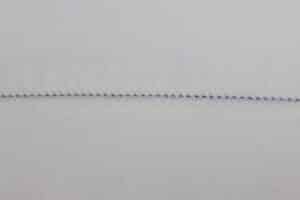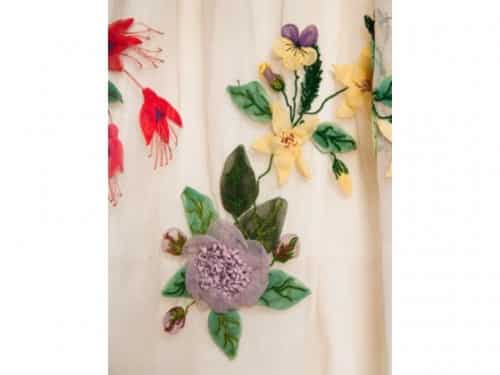How to Easily Hemstitch

Without a hemstitch, it doesn’t matter how beautifully sewn your garment is, it isn’t going to look professional; furthermore, it isn’t going to last. Sewing a hem is one of the most crucial aspects of any sewing project, as it finishes off the garment. It also helps the garment retain its shape so that it can last a lot longer. Therefore, of all the stitches you make in your sewing room over the years, a hemstitch is one of the most important.
While a sewing machine is certainly the fastest way to sew a hemstitch, sometimes, you just don’t have access to one when you need to sew a hem. Plus, a machine just can’t yield the same results as a hand sewn hem. That’s why we believe it’s so important to learn how to hand-sew a hemstitch! In this sewing help guide, we’ll teach you the easiest way to create a hemstitch by hand.
Supplies Needed
- An iron
- A hand sewing needle
- Thread
- Measuring tape
- Chalk
Step 1
Start by ironing the garment that you want to add a hem stitch to. If the fabric is wrinkled or creased in any way, the outcome of your hem will be affected; therefore, it’s important to iron the garment, as doing so will ensure that it is flat, which will improve the accuracy of your hemline.
Step 2
Measure your hemline. You can either put the garment on to decide where you want the hem to fall, or you can use a tape measure to determine where you want the hemline to fall. Either way, you’ll need to mark out where you want hem line with chalk.
Step 3
Make a single fold in the hem line, folding the fabric from wrong side to wrong side.
Step 4
Start sewing your hem stitch. There are multiple stitches that can be used for a hem, including:
- A whipstitch. This stitch is the fasts and easiest; however, it is the least durable, as the thread is expose, which means that it will likely fray.
- A catch stitch. A catch stitch is a little more complicated to make; however, it is more flexible and durable. This type of stitch creates a criss-cross pattern along the wrong side of the fabric and very small, virtually unnoticeable stitches along the right side of the fabric.
- A slip stitch. This type of stitch is the most complex; however, it yields the most professional results. It’s extremely durable and it is practically invisible.





